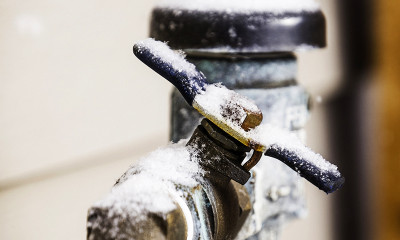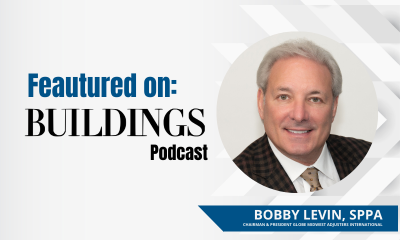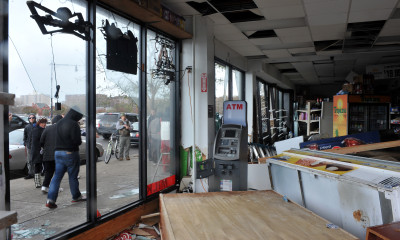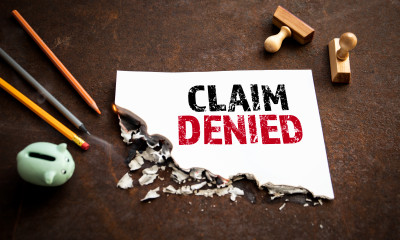Trusted Advisors: Does Your Client Know the Risks of Hidden Damage?
When your client suffers major property damage, they most likely will be dealing with chaos and confusion, as they just suffered a traumatic and unanticipated event. Oftentimes, the damage your client has experienced is to their largest assets.
With the barrage of people and information coming at your client in this emotional, tumultuous time, it is important as a trusted advisor, to help guide your client to make prudent decisions so they do not suffer any further economic loss during the insurance claim process.
When your client faces a covered property damage loss, “hidden damages” are often overlooked. Because they can be a source of further loss down the road, it would be to your client’s benefit to be aware of the most common hidden damages that follow a property loss.
Lead & Asbestos
These hidden substances can remain undetected until a catastrophic loss uncovers them. Lead can be found in pipes and aging paints. Asbestos can also be located within walls and in attics and crawl spaces. Both can cause serious injuries and may require specialized abatement procedures before other building repairs can begin.
Smoke & Soot
During a fire, smoke and soot travel throughout the premises and can leave behind an acrid odor and a dark residue. When smoke and soot soil exposed surfaces and furnishings, it’s easy to recognize the need for immediate cleaning and treatment. Smoke and soot also enter places that cannot be seen, such as vents, ducts, interior walls and crawl spaces to name a few! Smoke and soot can settle into the inner-workings of expensive machinery, equipment, and appliances and if overlooked, could prove harmful in time.
An environmental professional can inspect and address the areas of concern and determine if soot and smoke-damaged property can be salvaged or must be completely discarded.
Mold
Mold is another hidden damage that if overlooked can cause serious illness. Mold grows in dark conditions, thrives when moisture is available and can be difficult to detect. If left unabated, it continues to grow, destroying fabric, wood, drywall, and other organic materials. This is why it is critically important that your client immediately mitigate the damage to their property after the event occurs. Not only can it be harmful to your client’s health, the removal of the mold may not be fully covered by the insurance policy.
Electrical Wiring & Insulation
It’s easy to miss electrical problems that are hidden within the walls. Damage in one location of a building can affect the wiring in other areas of the building, as well as inside computers and other machinery, equipment, and appliances.
And it’s not just the hidden electrical wiring that is imminently at risk; in the case of a fire, for example, water can damage the insulation inside walls - the policyholder should investigate this possibility.
As with all forms of property damage, it is always in the best interest of your client to hire a professional to detect and resolve hidden damages as soon as possible.
Make sure your client is in the know about all aspects of their property damage. From hidden damages, to what it really takes to complete their property insurance claim. Refer them to the experts at Globe Midwest™ Adjusters International to handle the process and ensure they get the money they’re entitled to!













